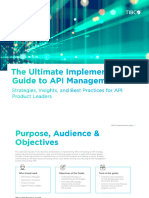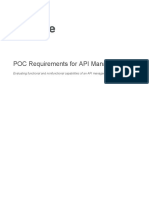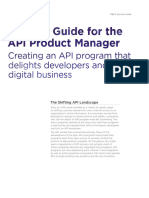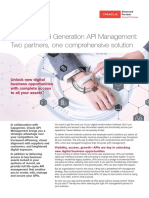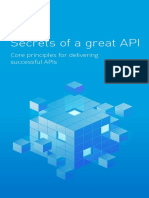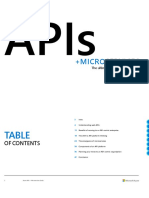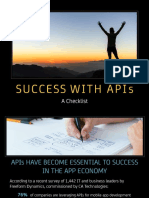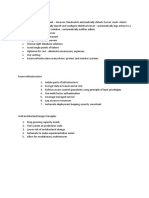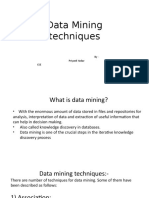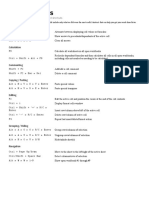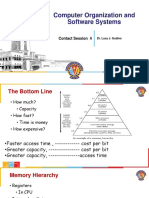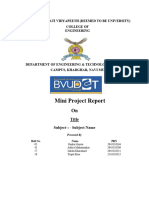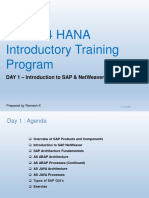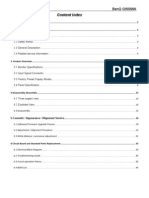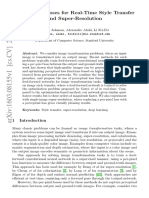0% found this document useful (0 votes)
11 views16 pagesAPI Project Plan
Strategyd-driven API lifecycle example
Uploaded by
lipedinizCopyright
© © All Rights Reserved
We take content rights seriously. If you suspect this is your content, claim it here.
Available Formats
Download as PPTX, PDF, TXT or read online on Scribd
0% found this document useful (0 votes)
11 views16 pagesAPI Project Plan
Strategyd-driven API lifecycle example
Uploaded by
lipedinizCopyright
© © All Rights Reserved
We take content rights seriously. If you suspect this is your content, claim it here.
Available Formats
Download as PPTX, PDF, TXT or read online on Scribd
/ 16



